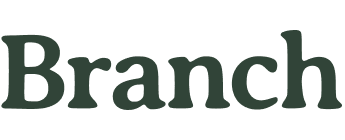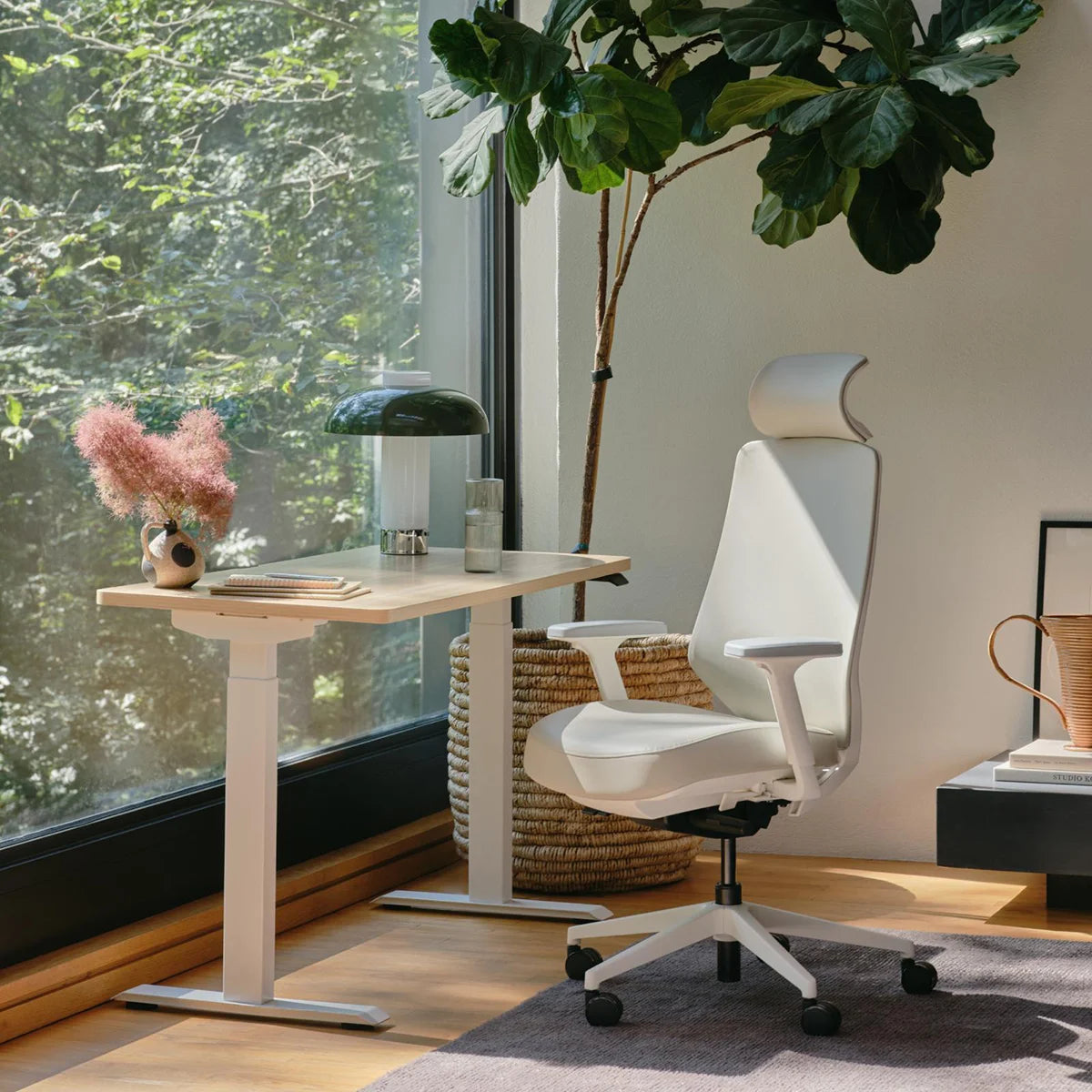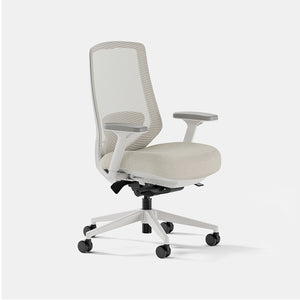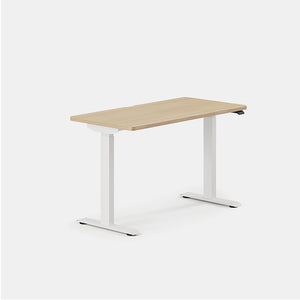So you woke up early, exercised, drank a coffee, perhaps meditated, and reviewed your list of tasks and meetings. Now that you’re ready to get started with your day, how do you heed your calendar’s call to action?
The modern worker juggles more professional and leisure obligations than ever before. In light of this time scarcity, many professionals have gravitated toward more structured approaches to work, embracing rules and best practices to organize their tasks, set priorities and get more done.
Enter the world of the modern productivity system. To the unacquainted, reading about these methods can feel a bit like joining a cult. Pomodoro, Kanban, Eating Live Frogs, Biological Prime Time, Don’t Break the Chain - the quirky nomenclature is intimidating at first glance.
But these techniques seem to work. When we ran a quick survey of 25 technology workers across a variety of companies and roles, the results were telling: 72% of respondents use a system of some kind for being productive, with 100% rating the method as helpful to their workflow.
These systems—and there are a lot them—are part of a larger movement where tailored discipline is no longer considered a luxury, but a requirement for effectiveness at work.
Here’s the real question: how do you choose which productivity system works for you? We spent a month researching (and trying) different methods in our quest to become productivity machines.
The short answer, of course, is that the answer is different for everyone. With that said, we've identified three key criteria to help you decide which system is right for you. Here's our framework for choosing a productivity system, along with a chart to help you pick between several classic productivity methods so you can conquer distractions and get to work.
Criteria #1: Personality
Identifying the right system starts with self-awareness - namely, understanding your baseline ability to concentrate. While most of the methods can accommodate nearly any level of focus, data-based systems like Biological Prime Time require extra work (and reward), which increase friction for those with shorter attention spans.
If you’re prone to starting things without finishing them, it’s a good idea to pick a system which requires a lower level of commitment. Minimalist solutions like Personal Kanban or Pomodoro are popular due to their ease of onboarding and flexibility.
If you find it harder to focus, choosing a system that matches your dominant learning style is critical to the system’s effectiveness. By filtering for sensory preferences (e.g. visual or abstract), you can choose amongst graphic methods like The Eisenhower Matrix, or block-based systems like agile results.
The key to employing a productivity system is actually using it. Tailoring your choice of method to your personality by staying aware of your baseline ability to focus and preferred learning style is key to finding a practical fit.
Criteria #2: Environment
Consider a mathematician trained to solve complex problems which require long periods of focus. After accepting a job offer, she enters a bustling workplace where employees constantly interact and coordinate short sprints to accomplish tasks. In her first month at the company, she struggles to finish projects on time and faces internal chaos while adapting to their new environment.
As we’ve noted in previous posts, your environment—encompassing both your physical workspace and the prevailing work culture—plays a key factor in productivity. Modern companies encompass a wide variety of work environments, frequently adopting evolving paradigms like remote work and open concept floor plans. For employees used to a certain environment, operating in a way that contrasts with your style is unwieldy and harmful to productivity.
Understanding the benefits and challenges posed by your surroundings can help you choose the right productivity method. If you’re working in an open concept office or team-based environment, distraction-killing methods like timeboxing minimize minor interruptions that can balloon into major derailments. In a 2018 report by Workfront, 57% of employees admitted wasteful meetings were their biggest challenge to getting work done.
While physical offices still dominate the modern workplace, there’s a significant demographic of remote workers who have to hold themselves accountable for being productive. To offset the potential for distraction associated with working alone, habit-forming methods like Don’t Break the Chain focus on daily progress, no matter how small.
Criteria #3: Function
In general, there are two broad distinctions in employee function across a business: independent contributors who contribute directly to product, and managers who direct and coordinate these teammates. Paul Graham notes that the manager’s schedule is typically chopped into units of an hour, while writers and developers operate on a maker’s schedule that requires long periods of focus.
With respect to managers, making sense of the messiness in a constantly changing day requires simplifying, which is a core feature of organizational methods like Getting Things Done. GTD also exists as a system to efficiently decompose responsibilities and designate items to a “do”, “delegate”, or “defer” category.
If you prefer to use time in longer units, choosing which tasks to work is especially important given the time commitment associated with each one. Since mission-critical projects are often the most challenging, using a method like Eating Live Frogs creates a sense of immediacy, forcing makers to do the hard things first. Pomodoro is another great tool for makers looking to maintain stamina on intense projects by splitting lengthy “do” items into bursts.
Putting It All Together
We made a chart to summarize our recommendations for the productivity system that might work best for you, based on your fit along these three criteria. Take a look below:














